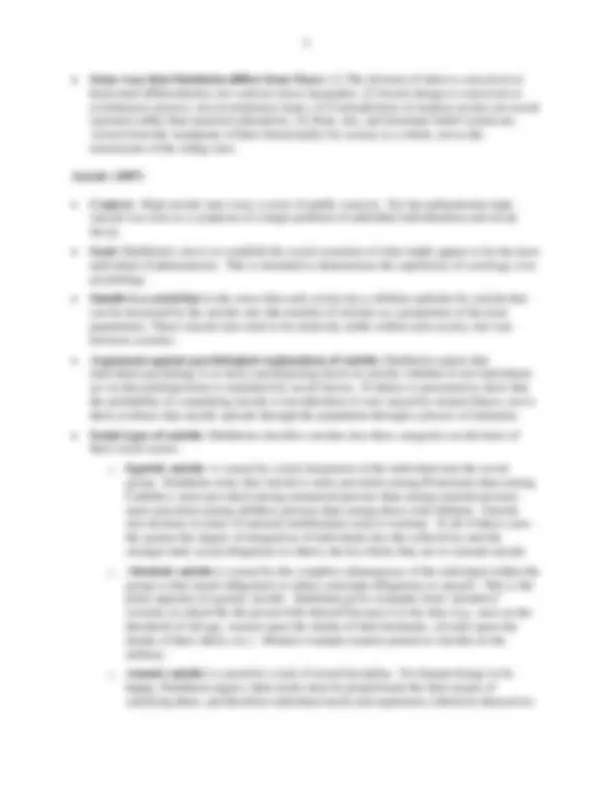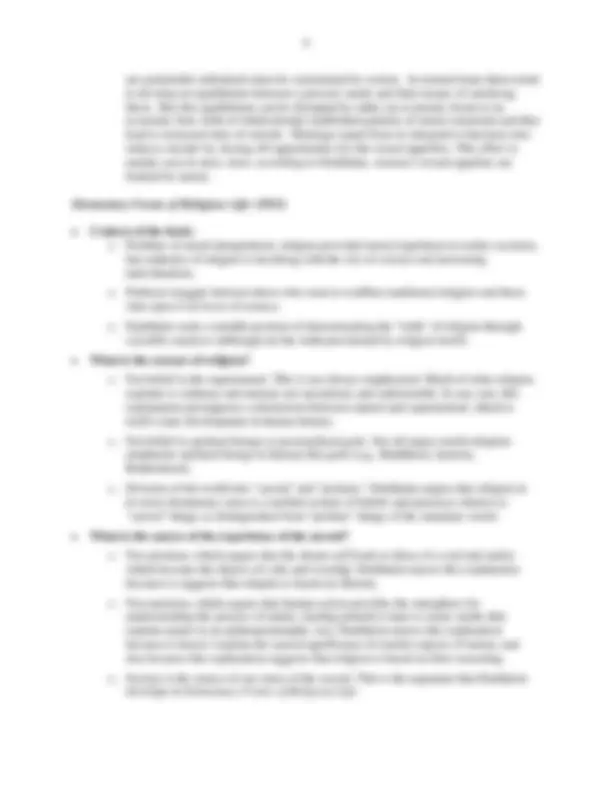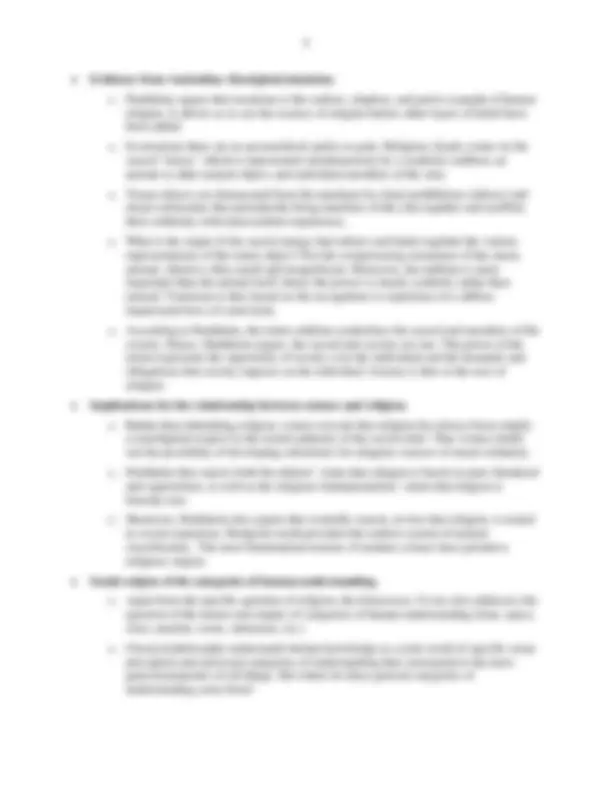





Study with the several resources on Docsity

Earn points by helping other students or get them with a premium plan


Prepare for your exams
Study with the several resources on Docsity

Earn points to download
Earn points by helping other students or get them with a premium plan
Community
Ask the community for help and clear up your study doubts
Discover the best universities in your country according to Docsity users
Free resources
Download our free guides on studying techniques, anxiety management strategies, and thesis advice from Docsity tutors
A crime is whatever offends the collective conscience. Restitutive sanctions (in which individuals who have been treated wrongly by others can receive ...
Typology: Lecture notes
1 / 6

This page cannot be seen from the preview
Don't miss anything!




Sociology 310 Spring 2015
Lecture Notes on Emile Durkheim
Historical context of Durkheim's sociology
General features of Durkheim's sociology
The Division of Labor in Society (1893)
physical and moral density, humans specialize and become more differentiated in order to avoid direct struggle for survival. This is the cause of the increasing division of labor.
are potentially unlimited) must be constrained by society. In normal times there tends to develop an equilibrium between a person's needs and their means of satisfying them. But this equilibrium can be disrupted by either an economic boom or an economic bust, both of which disrupt established patterns of moral constraint and thus lead to increased rates of suicide. Marriage (apart from its integrative function) also reduces suicide by closing off opportunities for the sexual appetites. This effect is mainly seen in men, since, according to Durkheim, women's sexual appetites are limited by nature.
Elementary Forms of Religious Life (1912)
o Not belief in the supernatural. This is not always emphasized. Much of what religion explains is ordinary and natural, not mysterious and unknowable. In any case, this explanation presupposes a distinction between natural and supernatural, which is itself a later development in human history. o Not belief in spiritual beings or personalized gods. Not all major world religions emphasize spiritual beings or human-like gods (e.g., Buddhism, Jainism, Brahminism). o Division of the world into "sacred" and "profane." Durkheim argues that religion in its most elementary sense is a unified system of beliefs and practices relative to "sacred" things as distinguished from "profane" things of the mundane world.
o Not animism, which argues that the dream self leads to ideas of a soul and spirits which become the objects of cults and worship. Durkheim rejects this explanation because is suggests that religion is based on illusion. o Not naturism, which argues that human action provides the metaphors for understanding the process of nature, leading primitive man to create myths that explain nature in an anthropormorphic way. Durkheim rejects this explanation because it doesn’t explain the sacred significance of routine aspects of nature, and also because this explanation suggests that religion is based on false reasoning. o Society is the source of our sense of the sacred. This is the argument that Durkheim develops in Elementary Forms of Religious Life.
o Durkheim argues that totemism is the earliest, simplest, and purist example of human religion. It allows us to see the essence of religion before other layers of belief have been added. o In totemism there are no personalized spirits or gods. Religious rituals center on the sacred "totem," which is represented simultaneously by a symbolic emblem, an animal or other natural object, and individual members of the clan. o Totem objects are demarcated from the mundane by ritual prohibitions (taboos) and ritual ceremonies that periodically bring members of the clan together and reaffirm their solidarity with transcendent experiences. o What is the origin of the sacred energy that infuses and binds together the various representations of the totem object? Not the overpowering sensations of the totem animal, which is often small and insignificant. Moreover, the emblem is more important than the animal itself, hence the power is clearly symbolic rather than natural. Totemism is thus based on the recognition or experience of a diffuse impersonal force of some kind. o According to Durkheim, the totem emblem symbolizes the sacred and members of the society. Hence, Durkheim argues, the sacred and society are one. The power of the totem represents the superiority of society over the individual and the demands and obligations that society imposes on the individual. Society is thus at the root of religion.
o Rather than debunking religion, science reveals that religion has always been simply a transfigured respect in the moral authority of the social order. Thus science holds out the possibility of developing substitutes for religions sources of moral solidarity. o Durkheim thus rejects both the atheists’ claim that religion is based on pure falsehood and superstition, as well as the religious fundamentalists’ claim that religion is literally true. o Moreover, Durkheim also argues that scientific reason, no less that religion, is rooted in social experience. Religious myth provided the earliest system of natural classification. The most fundamental notions of modern science have primitive religious origins.
o Apart from the specific question of religion, the Elementary Forms also addresses the question of the nature and origins of categories of human understanding (time, space, class, number, cause, substance, etc.) o Classical philosophy understands human knowledge as a joint result of specific sense perception and universal categories of understanding that correspond to the most general properties of all things. But where do these general categories of understanding come from?